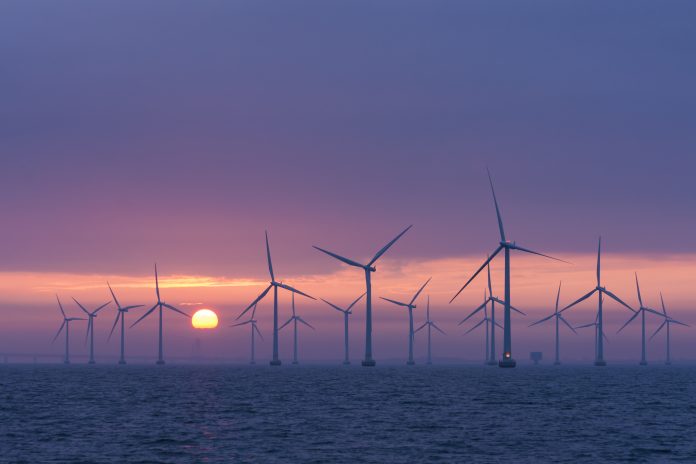The Commission has proposed a specific goal for their ambitions of climate neutrality by 2050, which is offshore wind capacity up to 60GW by 2030
Climate neutrality is one of the most urgent global priorities, highlighted by the severe impact of climate change made visible by the impact of COVID-19. NASA researchers recently calculated that pandemic restrictions have reduced global nitrogen dioxide concentrations by nearly 20%. Wuhan, China was the first municipality reporting an outbreak of COVID-19. It was also the first to show reduced nitrogen dioxide emissions–60% lower than simulated values expected. A 60% decrease in Milan and a 45% decrease in New York followed shortly, as their local restrictions went into effect.
As the world gently eases out of a permanent lockdown and vaccines continue to break records, the world will be back to full use by Spring 2021. This means that all climate-focused Governments are currently rebooting their policy ideas while we remain in the eye of the storm.
The new offshore wind policies
To help meet the EU’s goal of climate neutrality by 2050, the European Commission today presents the EU Strategy on Offshore Renewable Energy. The Strategy proposes to increase Europe’s offshore wind capacity from its current level of 12 GW to at least 60 GW by 2030 and to 300 GW by 2050. The Commission aims to complement this with 40 GW of ocean energy and other emerging technologies such as floating wind and solar by 2050.
Offshore renewable energy is a rapidly growing global market, notably in Asia and the United States, and provides opportunities for EU industry around the world. Through its Green Deal diplomacy, trade policy and the EU’s energy dialogues with partner countries, the Commission will support global uptake of these technologies.
Commissioner for Energy, Kadri Simson, said: “Europe is a world leader in offshore renewable energy and can become a powerhouse for its global development. We must step up our game by harnessing all the potential of offshore wind and by advancing other technologies such as wave, tidal and floating solar.
“This Strategy sets a clear direction and establishes a stable framework, which are crucial for public authorities, investors and developers in this sector. We need to boost the EU’s domestic production to achieve our climate targets, feed the growing electricity demand and support the economy in its post-Covid recovery.”











